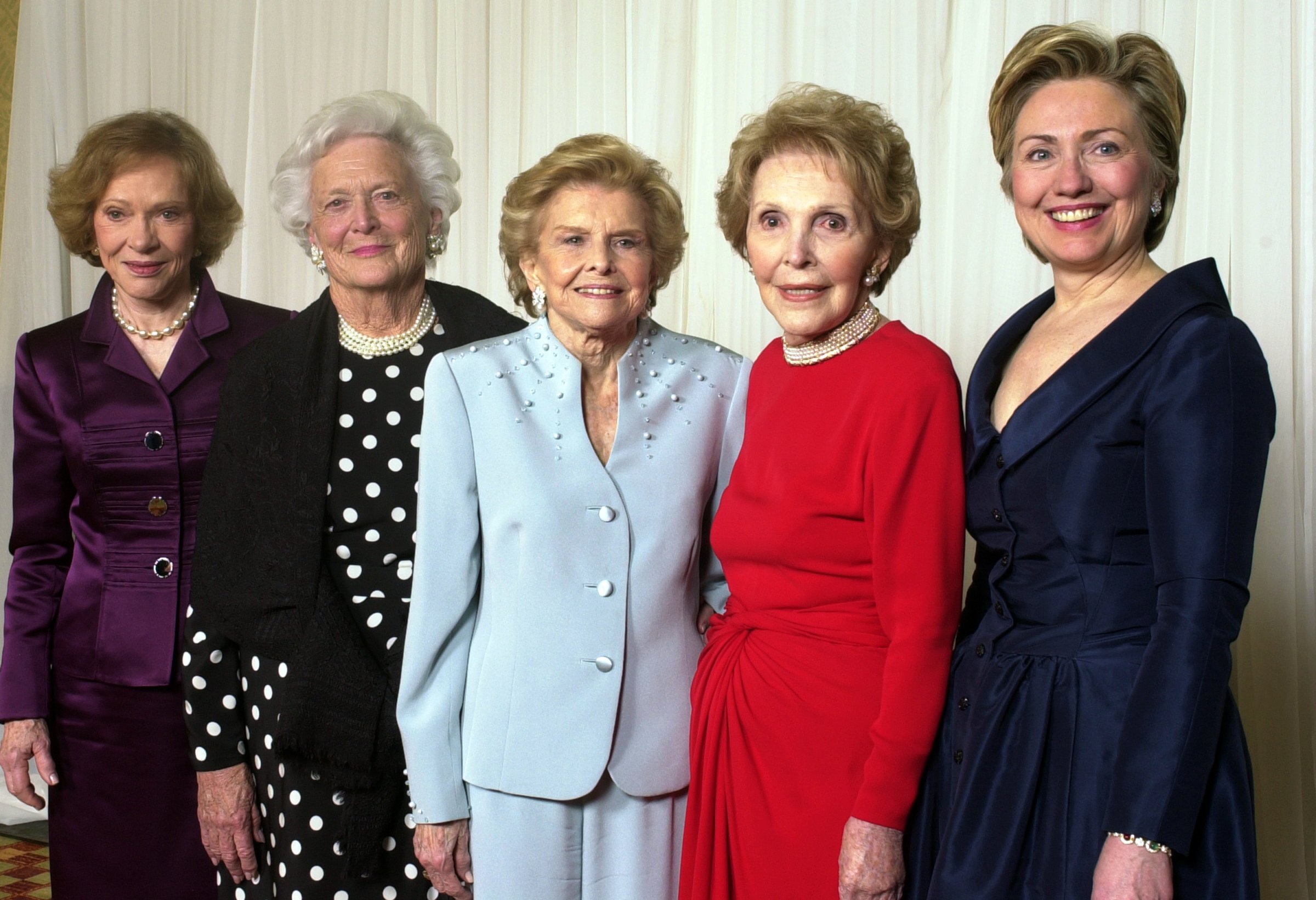
For decades, Nancy Reagan, who died Sunday at 94, was the woman feminists most loved to hate. She was too wifely, too fashion conscious, too conservative, too much a 1950s’ traditionalist in the edgier, post-sixties, 1980s. Critics delighted in the mini-scandals surrounding her expensive White House china, her borrowed designer gowns and her family spats. But Nancy Reagan’s eight years as First Lady from 1981 to 1989 ended with a surprising turnaround. Nancy Reagan emerged as a feminist pioneer who helped Americans get used to having strong women in the White House, thus blazing the trail for Hillary Clinton’s subsequent White House runs.
As the wife of Ronald Reagan, the Hollywood actor turned conservative culture warrior, Nancy Reagan was destined to be disliked by women journalists when she and “Ronnie” moved into the California governor’s mansion in 1967. Nancy Reagan, a former actress, appeared to be playing the part of the perfect wife—just as feminism was trashing America’s marital script.
Joan Didion’s takedown of “Pretty Nancy” in 1968 set the template for decades of Nancy-bashing. Didion’s caricature of Mrs. Reagan’s beatific smile, “the smile of a woman who seems to be playing out some middle-class American woman’s daydream, circa 1948” would spawn contempt for Nancy’s “gaze,” her Stepford Wife stare when Ronald Reagan spoke. Barbara Bush needlepointed passive-aggressively as George H.W. Bush politicked; Nancy Reagan broadcast her wifely devotion to her husband—and his career.
In fairness, Nancy Reagan was sincere. “My life began with Ronnie,” she said unapologetically, further alienating radical feminists. And, she explained, “If Ronnie were a shoe salesman, I’d be out selling shoes.” Ronald Reagan was equally dazzled by the woman he called “Mommy”—so much so that his two kids from his first marriage, and their two kids often felt neglected.
Gradually, as Ronald Reagan surprised his critics by serving two successful gubernatorial terms, then two successful presidential terms, Nancy Reagan’s stature improved, too. She frequently was the lightening rod, attracting controversy from her more affable, less prickly husband. And White House aides feared her because she was more willing to fire staffers than her pushover husband.
Beyond her effective “just say no” to drugs campaign, and their effective tone-setting during the peace and prosperity 1980s, Nancy Reagan’s most significant move as First Lady came in 1987, when Ronald Reagan fired Donald Regan. “I thought I was Chief of Staff to the President, not his wife,” Regan bristled, blaming the First Lady. The first wave of criticism was vicious—and sexist. Jokes continued about “the leader of the free world—and her husband”; even staffers called Mrs. Reagan “Evita,” the “Missus,” the “Hairdo with Anxiety,” and, mocking their still lovestruck boss after 35-years of marriage, “Mommy” or “Mommy Dearest.”
Relive the Romance of Nancy and Ronald Reagan in Pictures
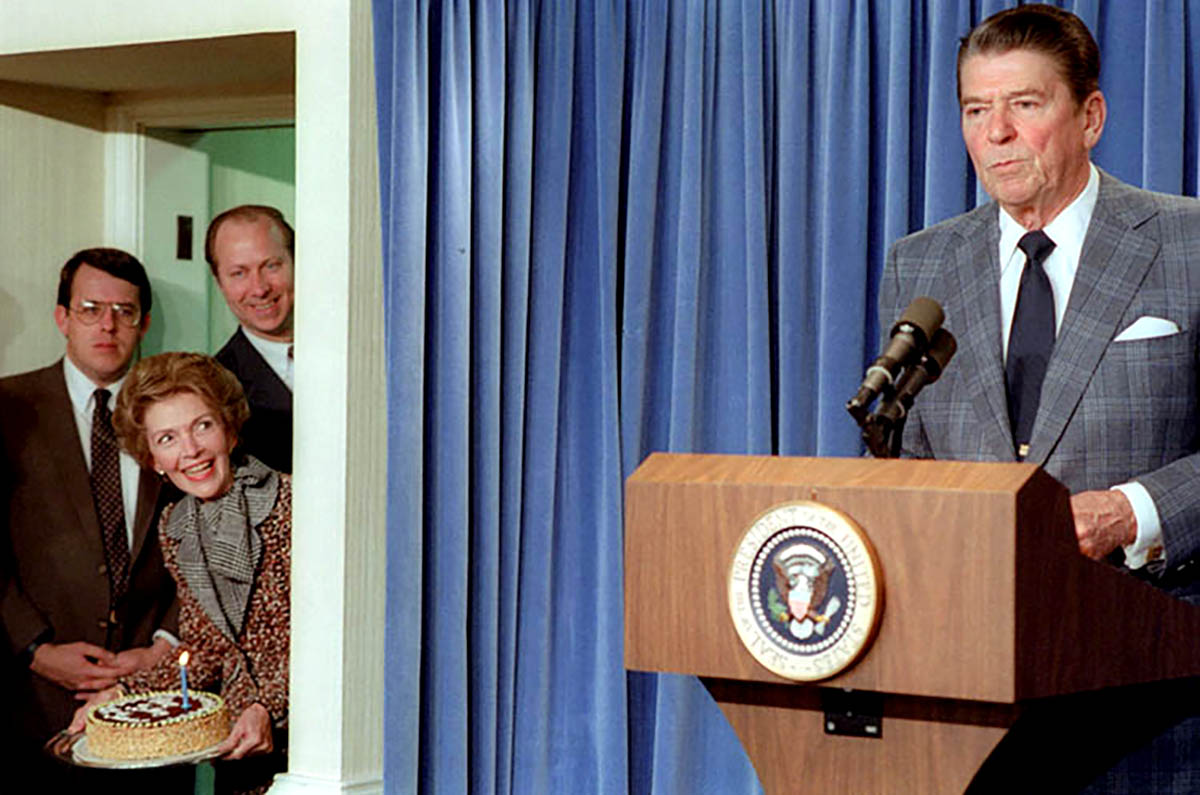


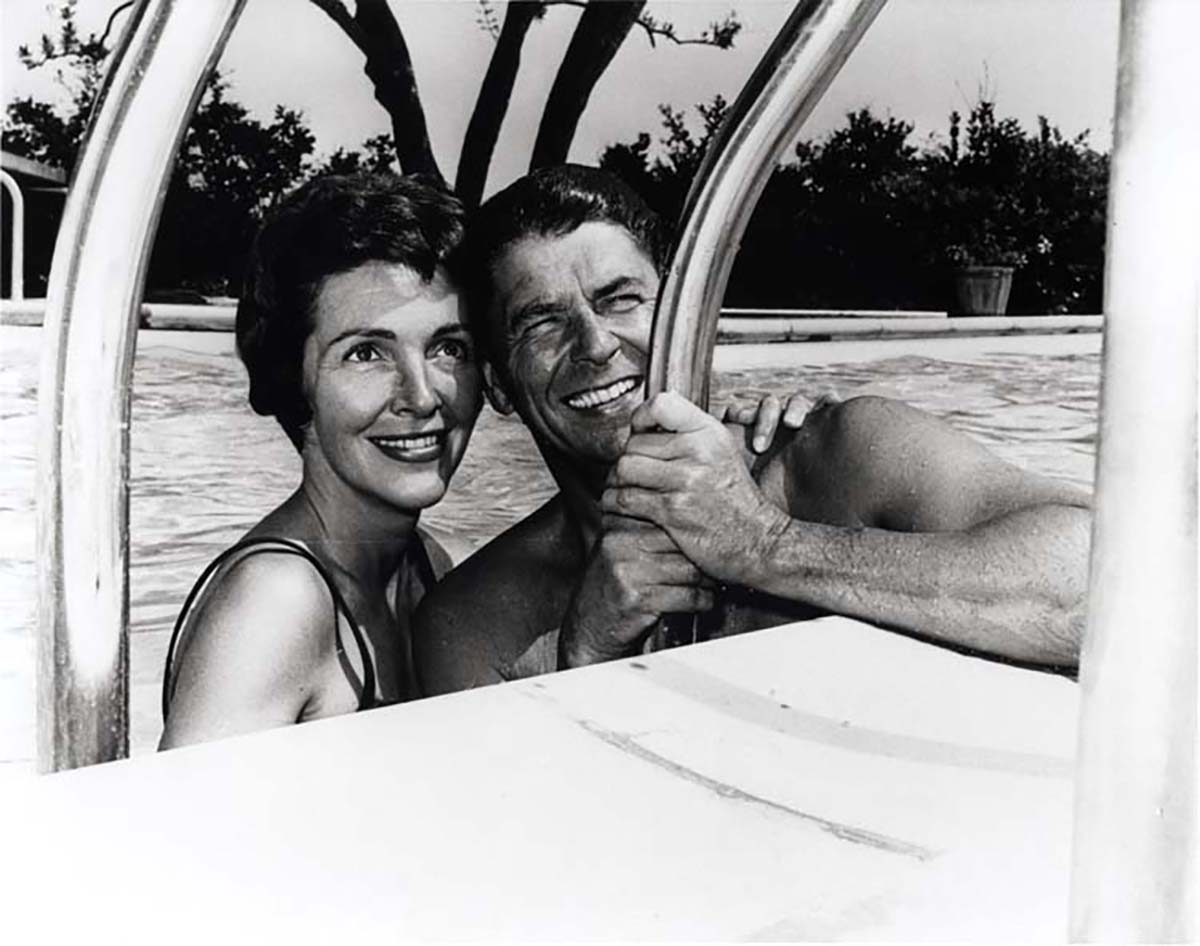
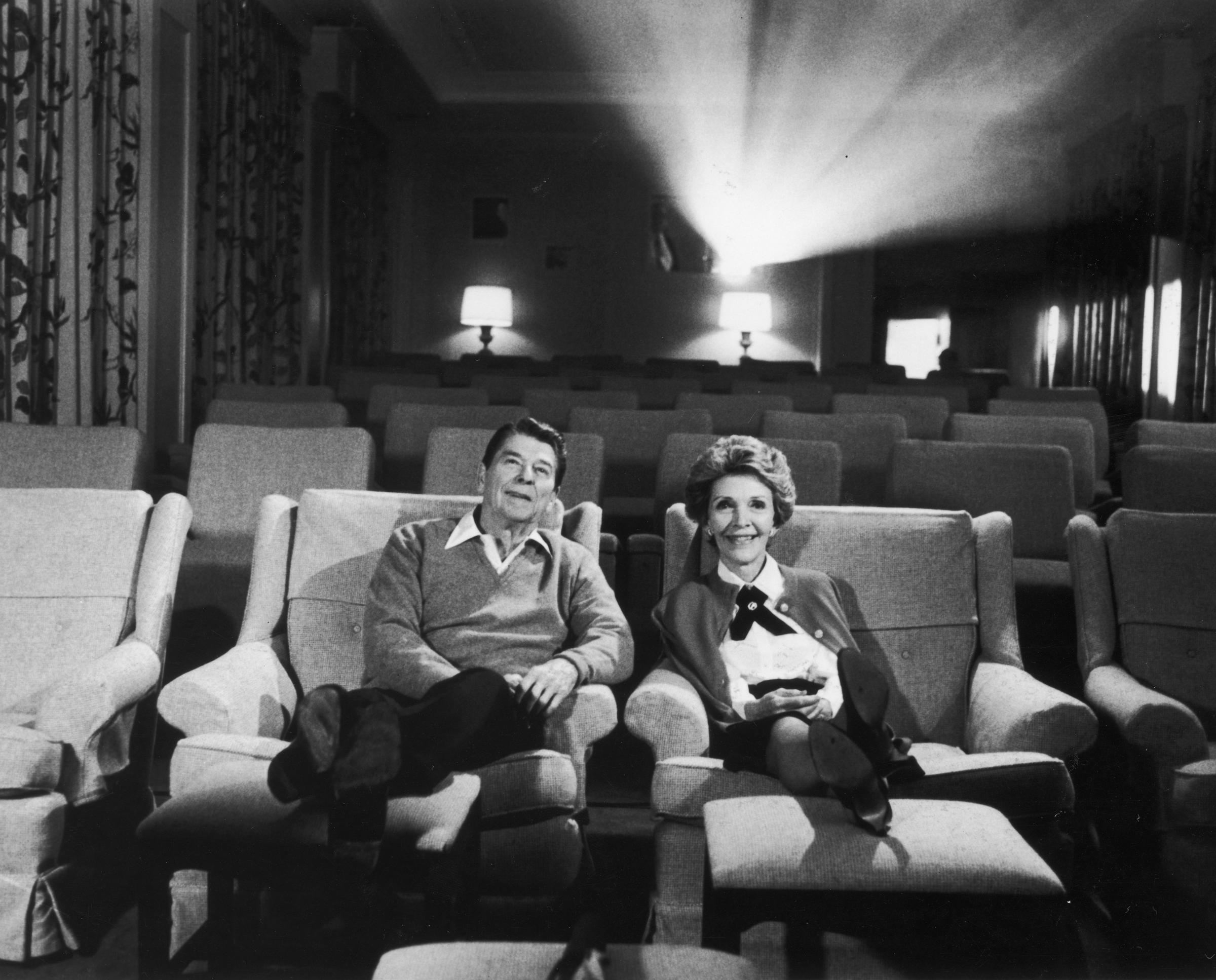


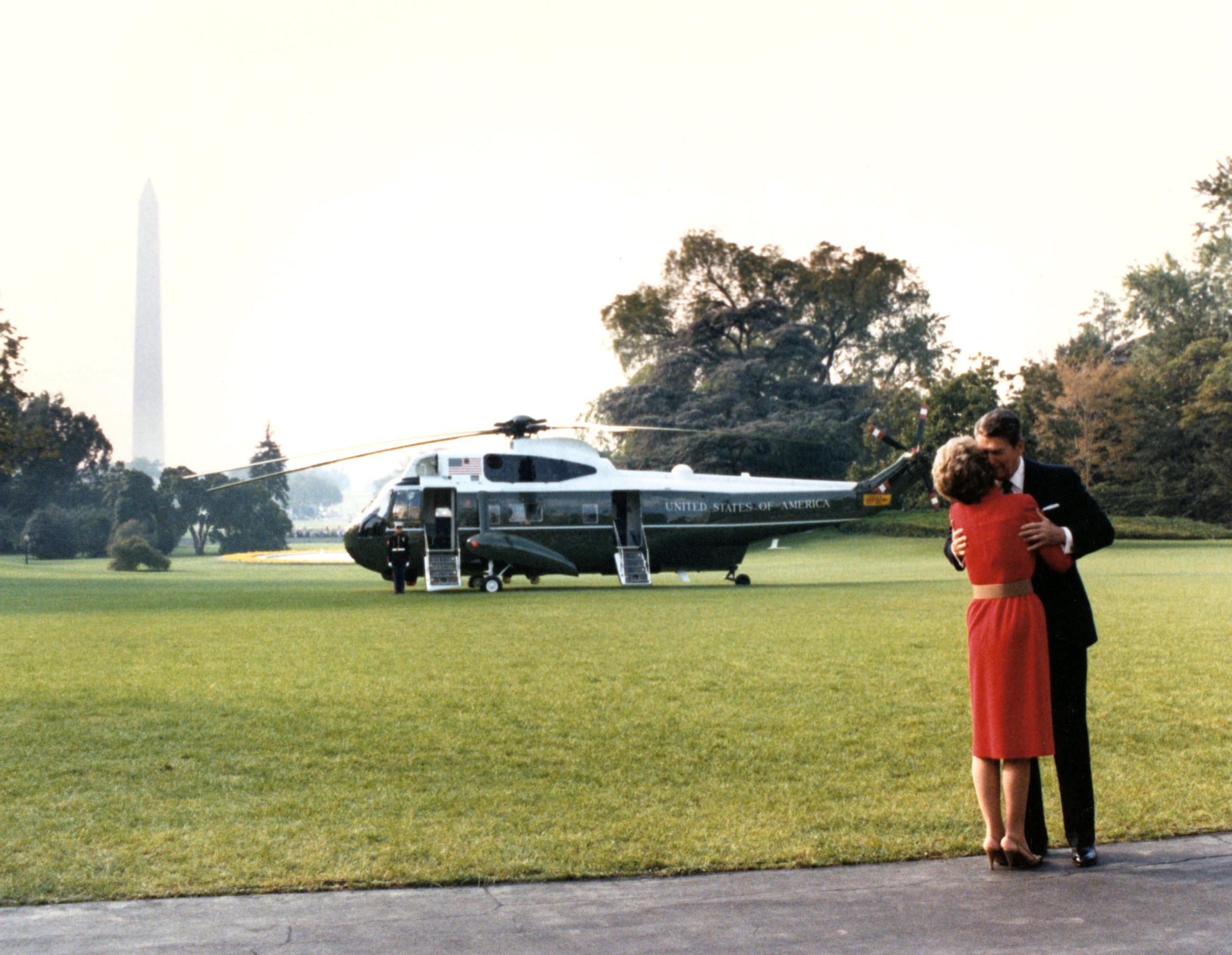
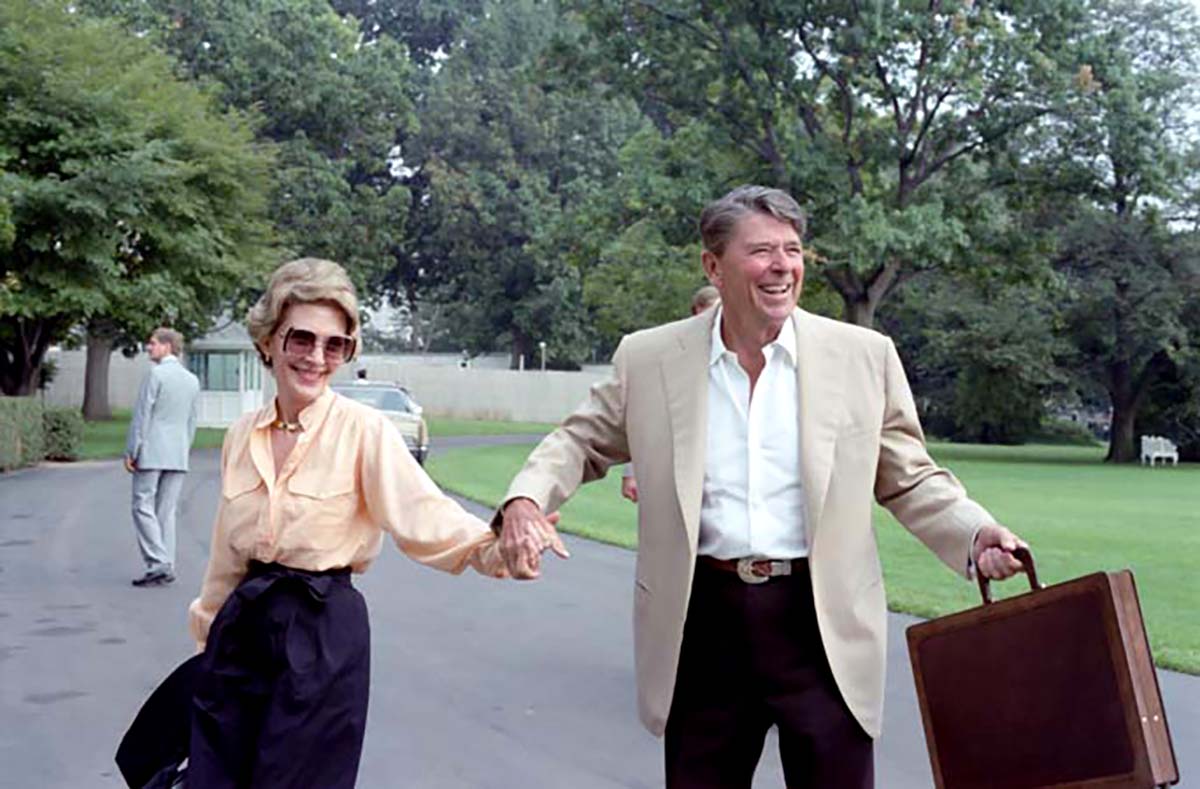
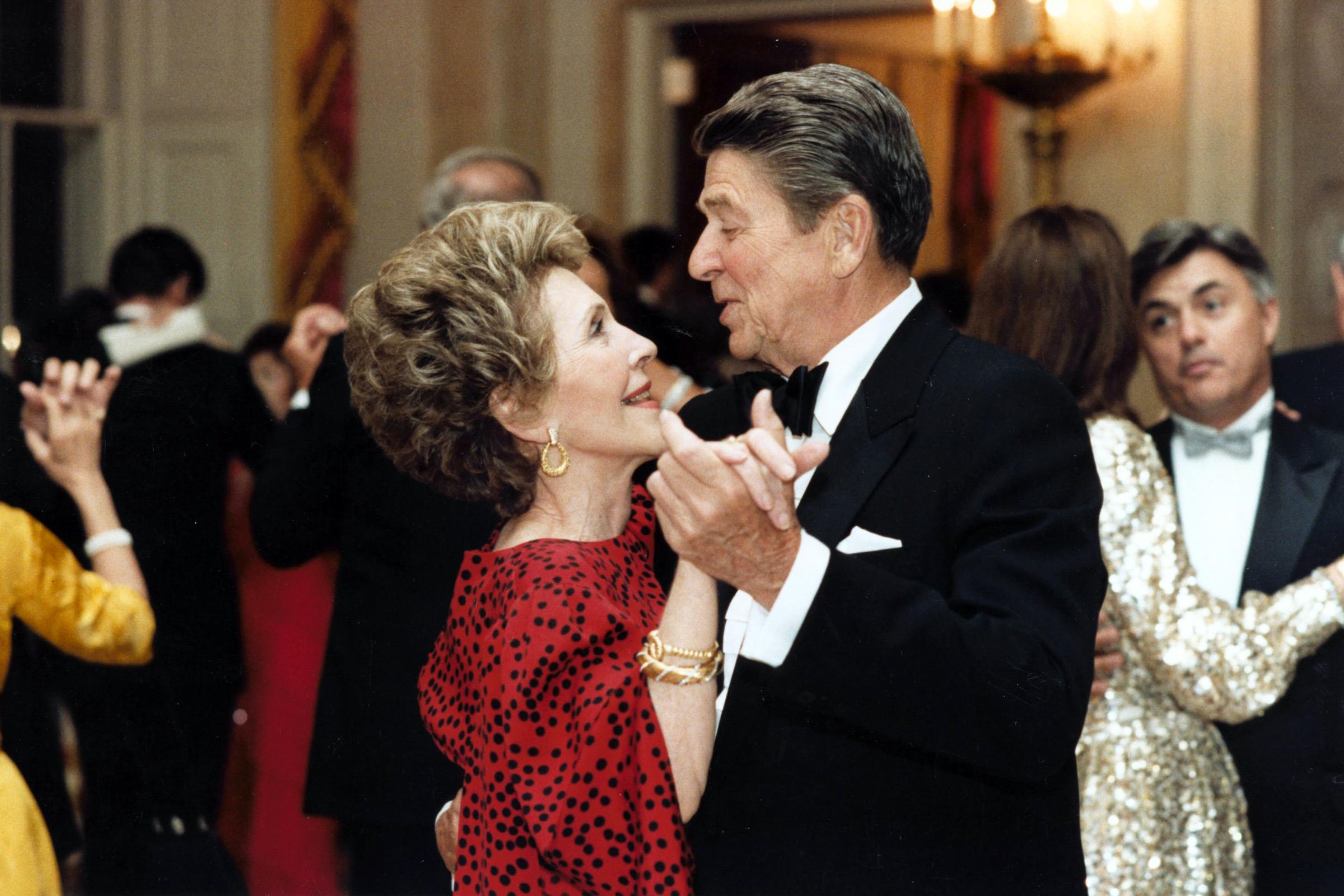
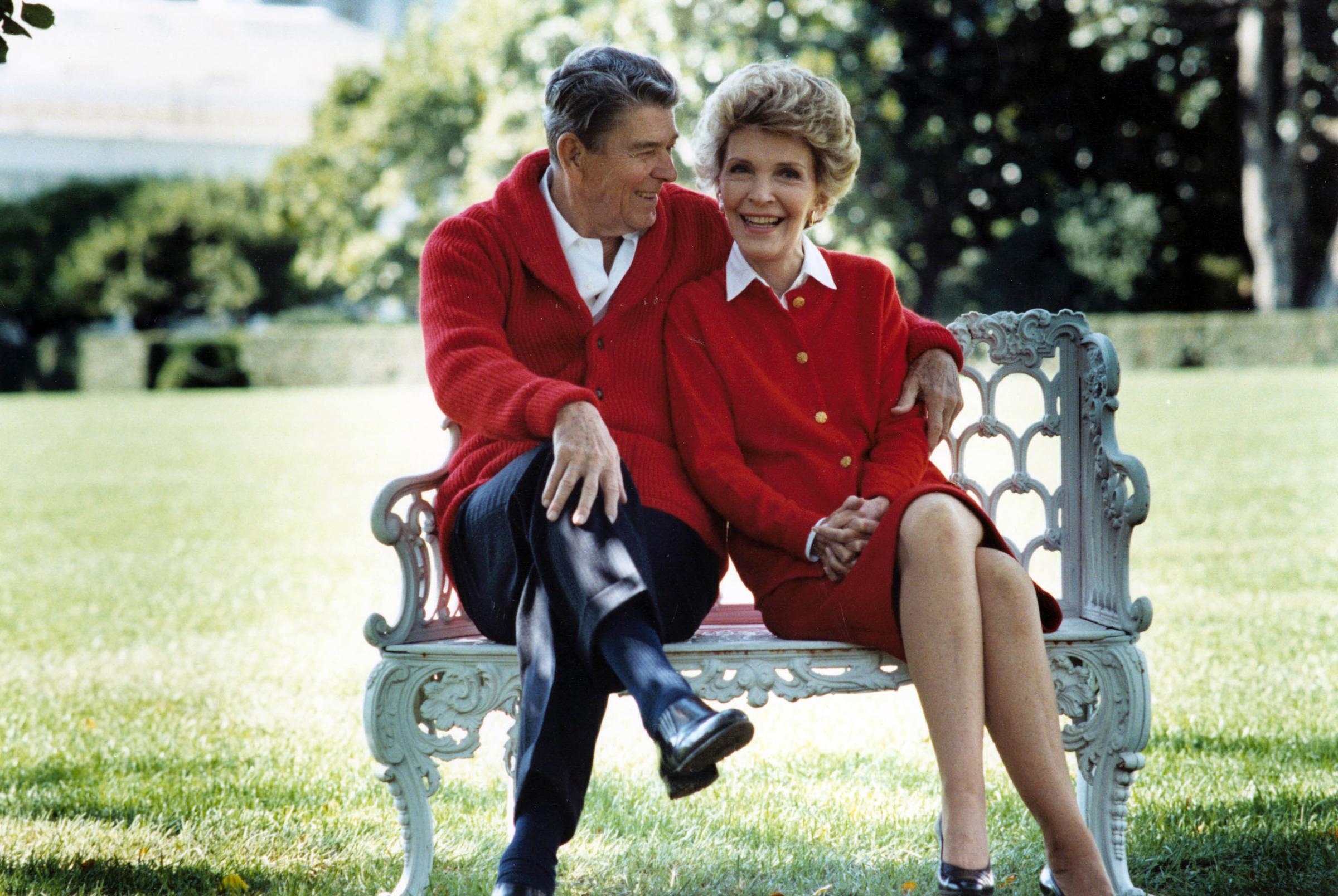




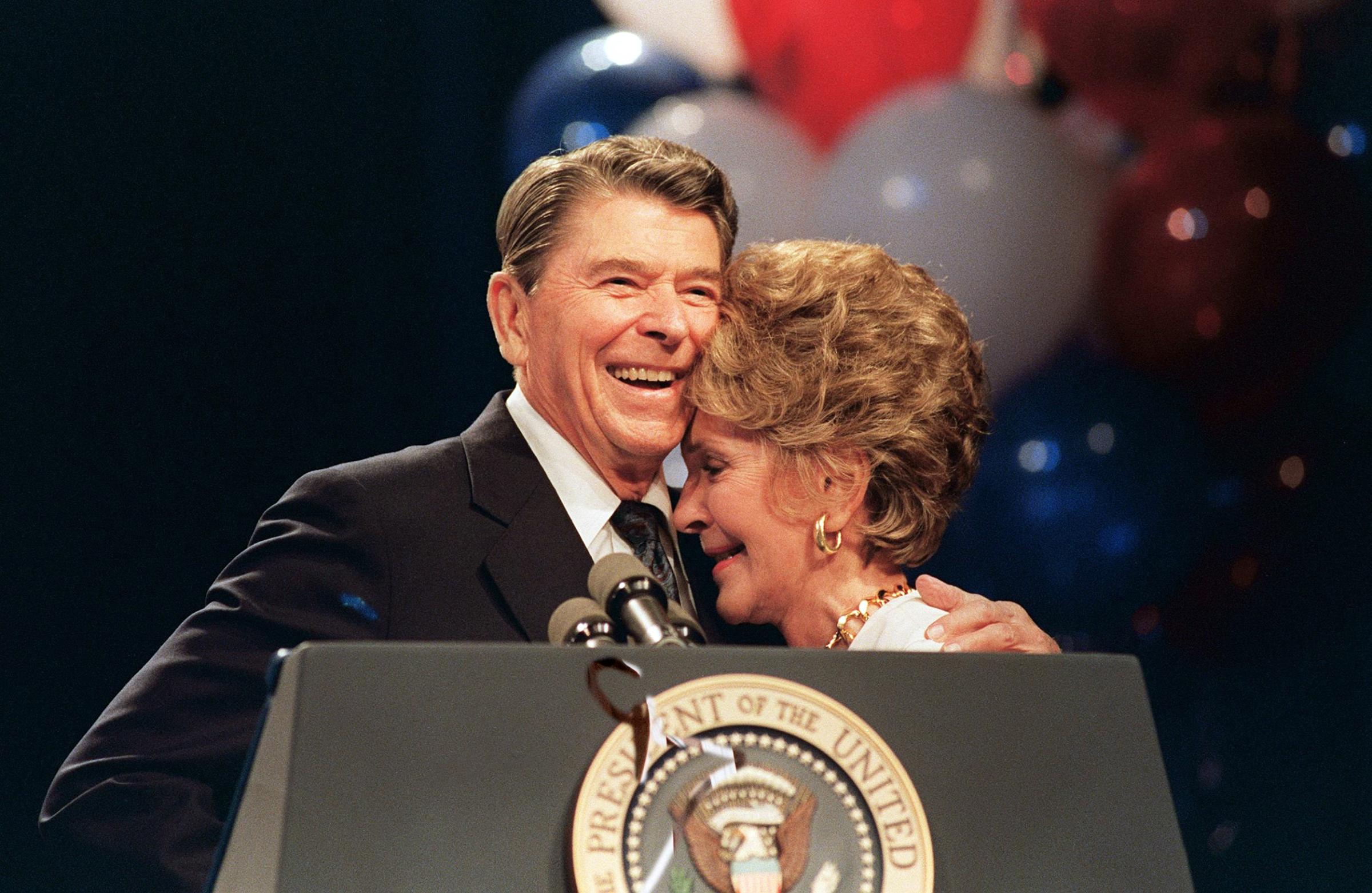
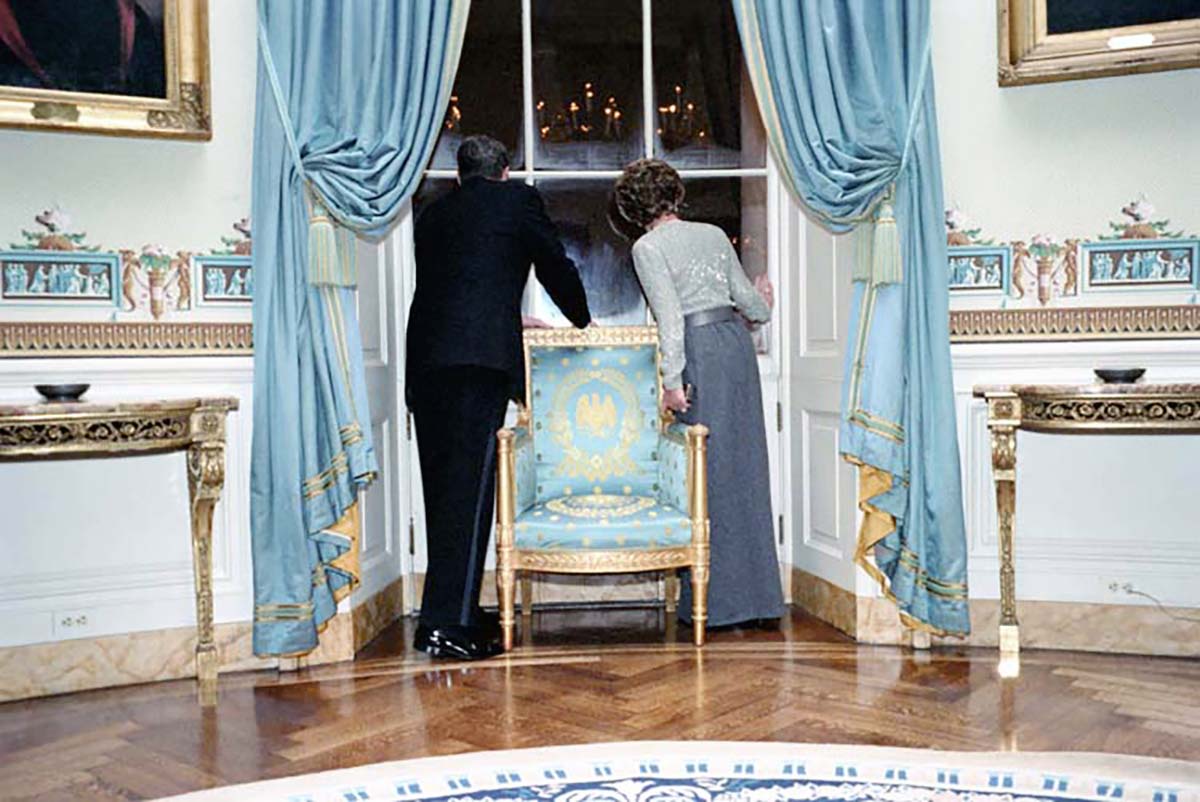
“Who is in charge?” Democrat Bill Richardson asked in the House of Representatives. “A constituent of mine asked, ‘How can the President deal with Soviets if he cannot settle a dispute between his wife and the chief of staff?” New York Times’ conservative writer William Safire wrote that “President Reagan is being weakened and made to appear wimpish and helpless by the political interference of his wife.”
Suddenly, as often happens in modern America, the forces most hostile to Nancy became her allies. Anti-Reagan feminists began defending their longtime foe. At a time when feminism was on the defensive, this unlikely heroine gave women something to cheer about. Joan Didion herself suggested that critics were uncomfortable with a powerful woman in the White House. The anti-Reagan New York Times editorial board distanced itself from the normally pro-Reagan Safire by editorializing: “Spousal advice is part of any marital relationship.”
Continuing the cultural dosey doe, Nancy Reagan called the attack on her an attack on women. When the talk show host Phil Donahue convened a panel of experts who condemned the First Lady, Nancy Reagan harrumphed that none of the panelists was a woman.
Nancy Reagan’s White House tenure, though rocky, was pioneering. As First Lady, Hillary Rodham Clinton often ran into similar hostility when she was perceived as too “Lady Macbeth-like.” But, eventually, both Mrs. Reagan and Mrs. Clinton left the White House with great popularity—and historic roles in revolutionizing American attitudes toward women and power.
It’s highly unlikely that a passionate Republican like Nancy Reagan would have endorsed Hillary Clinton’s presidential campaign. Nevertheless, Hillary Clinton should thank her predecessor as one of many pioneers who has made this historic campaign possible and broadened the range of women’s public roles.
More Must-Reads from TIME
- Donald Trump Is TIME's 2024 Person of the Year
- Why We Chose Trump as Person of the Year
- Is Intermittent Fasting Good or Bad for You?
- The 100 Must-Read Books of 2024
- The 20 Best Christmas TV Episodes
- Column: If Optimism Feels Ridiculous Now, Try Hope
- The Future of Climate Action Is Trade Policy
- Merle Bombardieri Is Helping People Make the Baby Decision
Contact us at letters@time.com